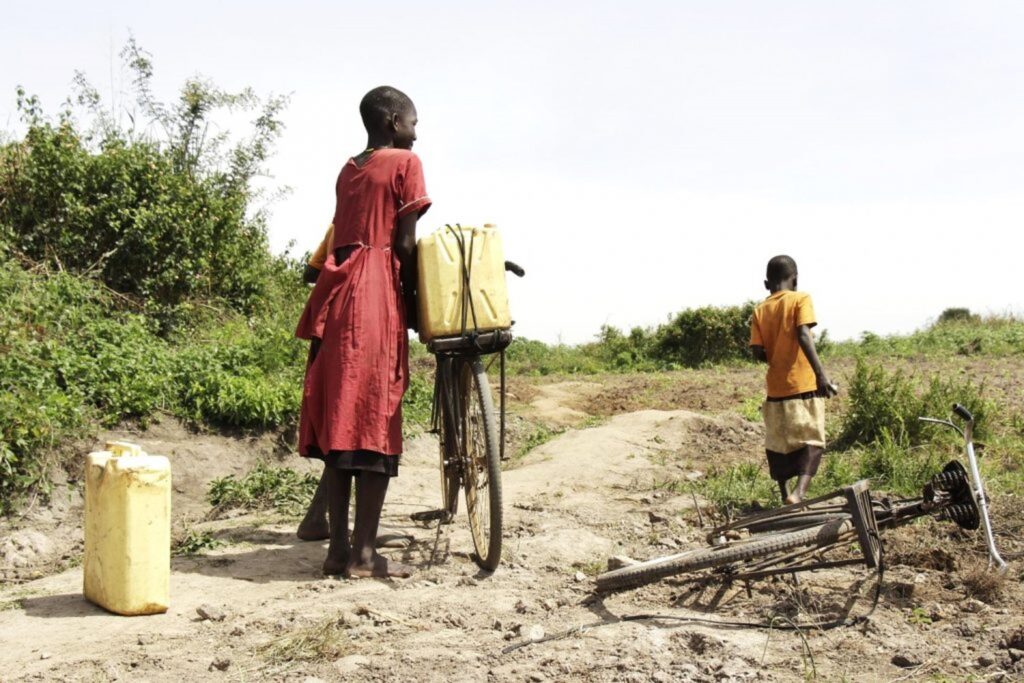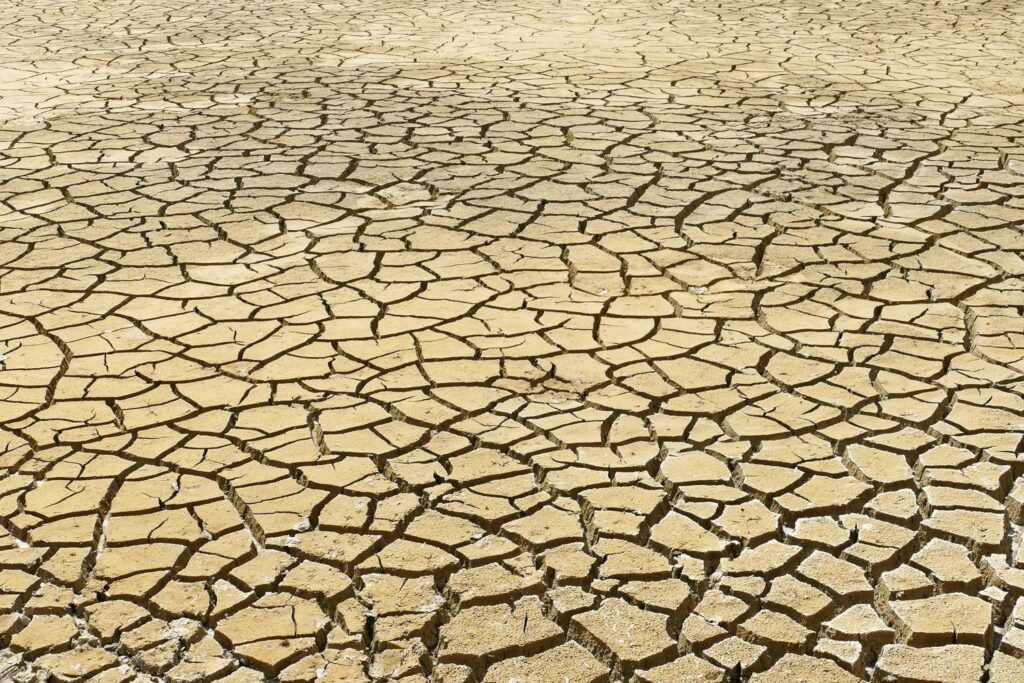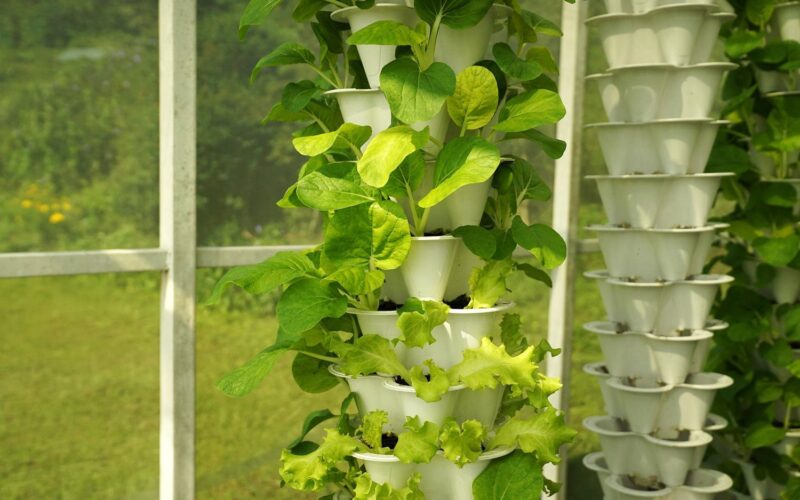Elisabeth Braw, an expert from the American Enterprise Institute, pointed out that retrofitting buildings, facilities, and agriculture have become a top priority in response to sudden shocks and climate disasters.
Washington, D.C. (Business Northeast) – Our earth is getting warmer! Parts of Africa have been without rain for four consecutive rainy seasons, Europe and North America have been baked by about 40 degrees Celsius, and industries and agriculture in Asia have been severely affected. Earlier, in South America, the temperature soared to nearly 50 degrees Celsius; in the countries of Oceania, there was even a terrible temperature of 50.7 degrees Celsius.
Elisabeth Braw, a researcher at the American Enterprise Institute, said in Foreign Policy that the drought in southern China, which has dried up rivers and forced shutdowns in much of the country, is in the process of Striving to maintain the normal operation. Sudden shocks and climate catastrophes keep the economy from surviving by old norms. The world needs to think: How can buildings and infrastructure be climate-proof?
Climate change exacerbates extreme weather events, Braw said. As populations become denser than ever, the world must adapt buildings and infrastructure to deal with the unexpected, giving buildings, cities, and agriculture a chance to withstand extreme weather and climate change. At the same time, reduce carbon dioxide emissions and strive for a less catastrophic future for humanity.

She noted that engineers are now working on ways to build houses on “stilts” in response to rising sea levels and more flooding. Some choose to live on the water and rise with it. For example, Amsterdam and Rotterdam, the Netherlands, has been building “floating neighborhoods” for nearly a decade. In addition, Copenhagen’s “cloudburst boulevards” make streets convex, allowing flash floods to move quickly towards the harbor. The Danish capital is building “pocket parks” and “sunken gardens” to act as flood storage tanks if needed.
She also said that “passive houses” are being built worldwide. Through thermal insulation technology, such houses have incredibly high energy efficiency and “passively” maintain a suitable living temperature inside the house. Although Passive Houses are more expensive to build than typical homes and offices, Passive Houses require almost no heating or cooling.
On the other hand, with more and more population, less and less land is available, and people are living in taller and taller buildings, hoping to make proper use of land resources. People use structures to increase living space, but what about the agricultural area? Braw says there is now hydroponic farming, which is water-based plant farming that works vertically and doesn’t require soil. While this method is more expensive than conventional farms, it requires significantly less space.

In order to develop animal farming and agriculture, human beings continue to shrink the forest area, use water resources in large quantities, and rapidly degrade the land. In recent years, global land has become less healthy and fertile, and its ability to absorb and store carbon has gradually declined, weakening the land’s ability to support biodiversity. Causes of land degradation include desertification, deforestation, continuous urban expansion, and intensive farming.
According to a study led by University College London, in some areas with severe warming and intensive agriculture, insect populations have declined by 50% and different species by 27%. The researchers pointed out that intensive agriculture and climate change are reshaping the global insect biodiversity, the number and species of insects will decline, and pollinators will be reduced, which may not only harm the natural environment but also may affect human health and food security.
The high temperature will lead to drought, forest fires, rising sea levels, and ocean acidification, affecting the human living environment and natural ecology. According to the United Nations World Meteorological Organization’s statement in 2022, due to the continued increase in global temperature, the ice in Antarctica is rapidly melting, and the extent of sea ice has reached a record low in nearly 44 years. Climate extremes could be the final judgment of humanity if people don’t get net zero sooner and design innovations in construction & agriculture.










